Technical Information
Features, technical characteristics and dimensions that are requested by customer are diverse. Very many types of materials such as natural rubber, EPDM, chloroprene rubber (CR), silicon rubber (SR), acrylic rubber (AR) and others are readily available.
As a manufacture of industrial rubber products, Hokusei Rubber Industry has been engaged in the development and proposal of new industrial rubber products based on the long years of experience in findings and knowledge of rubber materials in combination with the advanced processing technology.
Single cutting edge technology can give birth to epoch making products. The industrial rubber products require a combination of technologies accumulated inside a company during long years.
Use of the advanced technologies accumulated inside a company enables us to satisfy the market needs and manufacturing of high quality industrial rubber products.
Examples of Our Technology
-
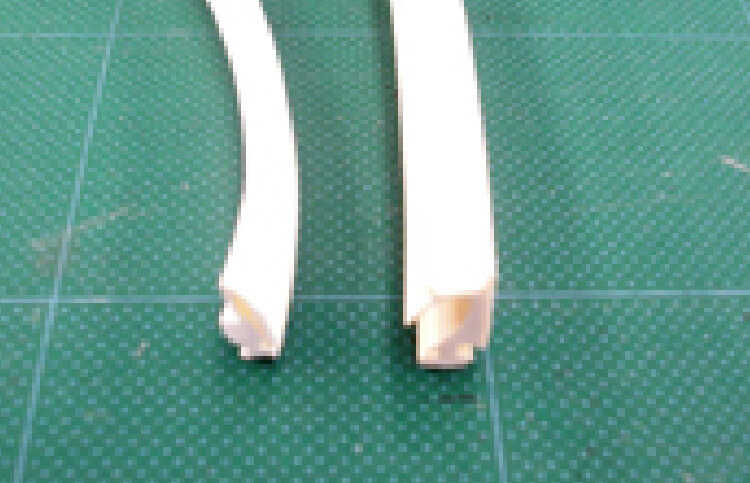
Surface active rubber (Pureslime)
The surface active rubber is used in many fields such as automotive materials and building materials. Featured by the improved surface smoothness (slidability characteristics), wearabilty, anti-freezing characteristic in winter, and prevention of abnormal sound by rubbing.
- [Materials]
- EPDM, CR (chloroprene rubber), SR (silicon rubber) and others
- [Final Products]
- Door sealing sponge, sun-roof rubber, front door rubber and bathroom door rubber
-
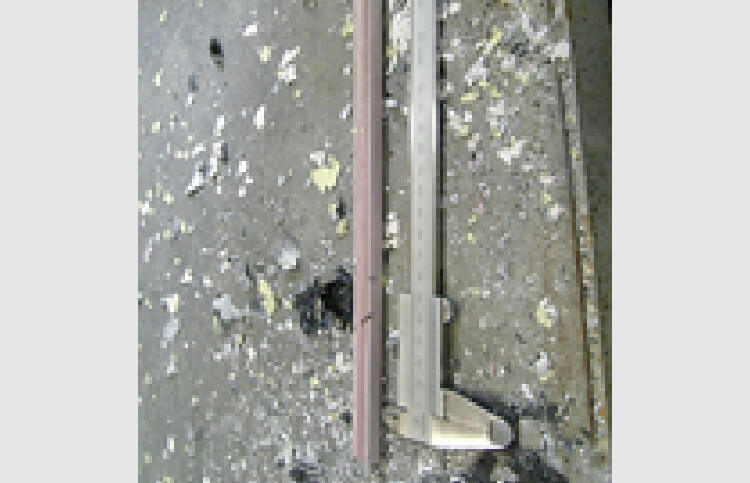
Sintering rubber (shape retaining rubber after application of high temperature)
The people engaged in extinguishing the fires can be injured by the falling glass as the rubber used in the window frame burns in the event of housing fires and building fires. This rubber retains the original shape even in the fire so as not to fall the glass.
- [Material]
- CR (chloroprene rubber), SR (silicon rubber)
- [Final Products]
- Rubber for housing and building
-
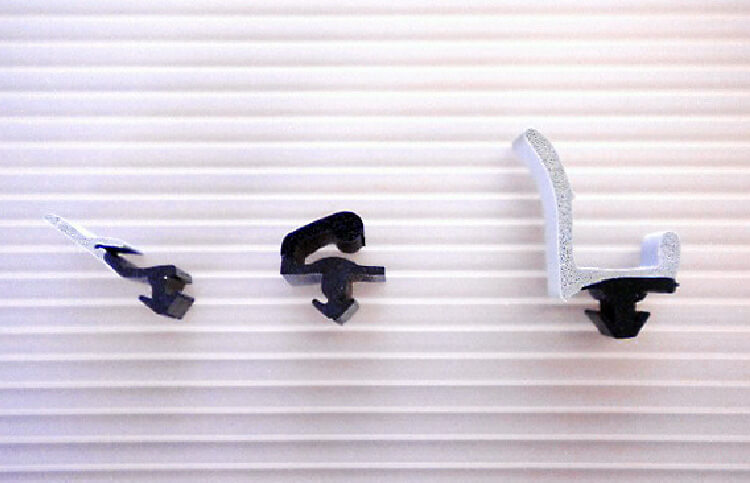
Low elongation rubber
Featured by the low elongation characteristics. Used to prevent the ingress of rainwater by preventing gap from occurring in the joint on the external wall of housing. This type of rubber does not elongate during construction and does not shrink even after years of service.
- [Material]
- EPDM
- [Final Products]
- Joint rubber for the external wall of housing
-
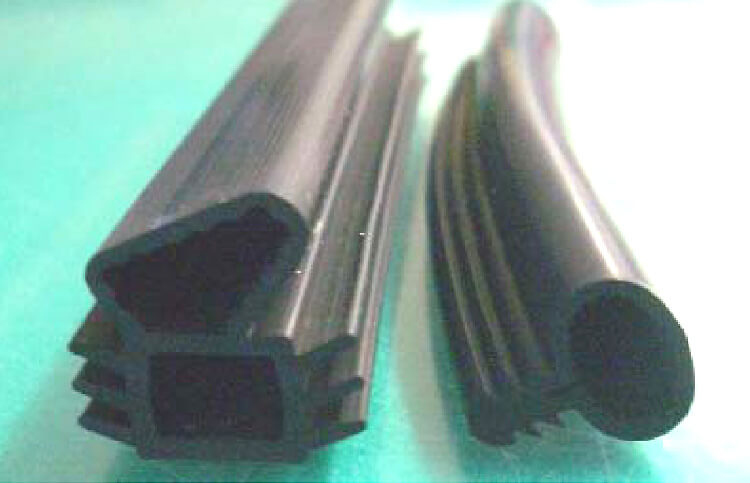
Electrically conductive rubber
Rubber is generally recognized as an electrically non-conductive material, but can be made electrically conductive by mixing appropriate materials, for either sold rubber or sponge rubber. A good example is the rubber roll used in printers and copying machines, which transfer electric charges. Other types of this rubber are made conductive enough to discharge the static electricity.
- [Materials]
- EPDM, Hydrin rubber, SR (Silicon rubber)
- [Final Products]
- Rubber roll for printer and copying machine, antistatic rubber
-
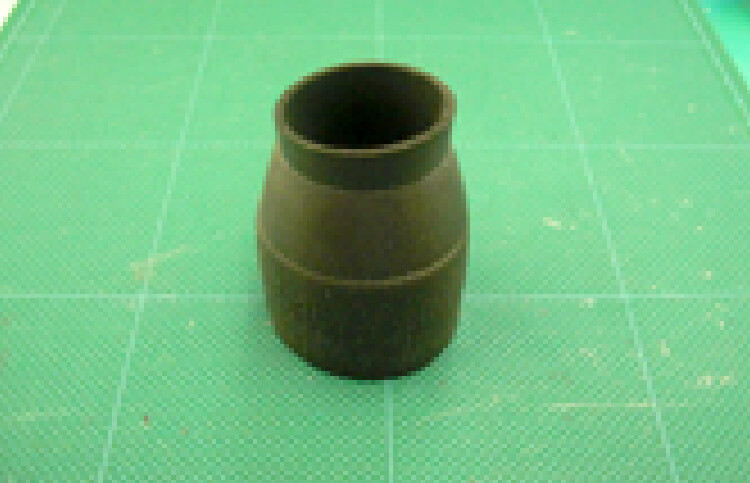
Shape memory sponge rubber
The sponge protector for metal pipe is an example of the shape memory sponge rubber. The shape memory sponge rubber is processed to fit the shape of the metal pipe by bending. Because the shape memory sponge is light weight and a high thermal insulation property, it is widely used for heat insulation and also as measure against freezing.
- [Material]
- EPDM
- [Final Products]
- Heat insulation material for pipes around engine, and for water heater pipes

